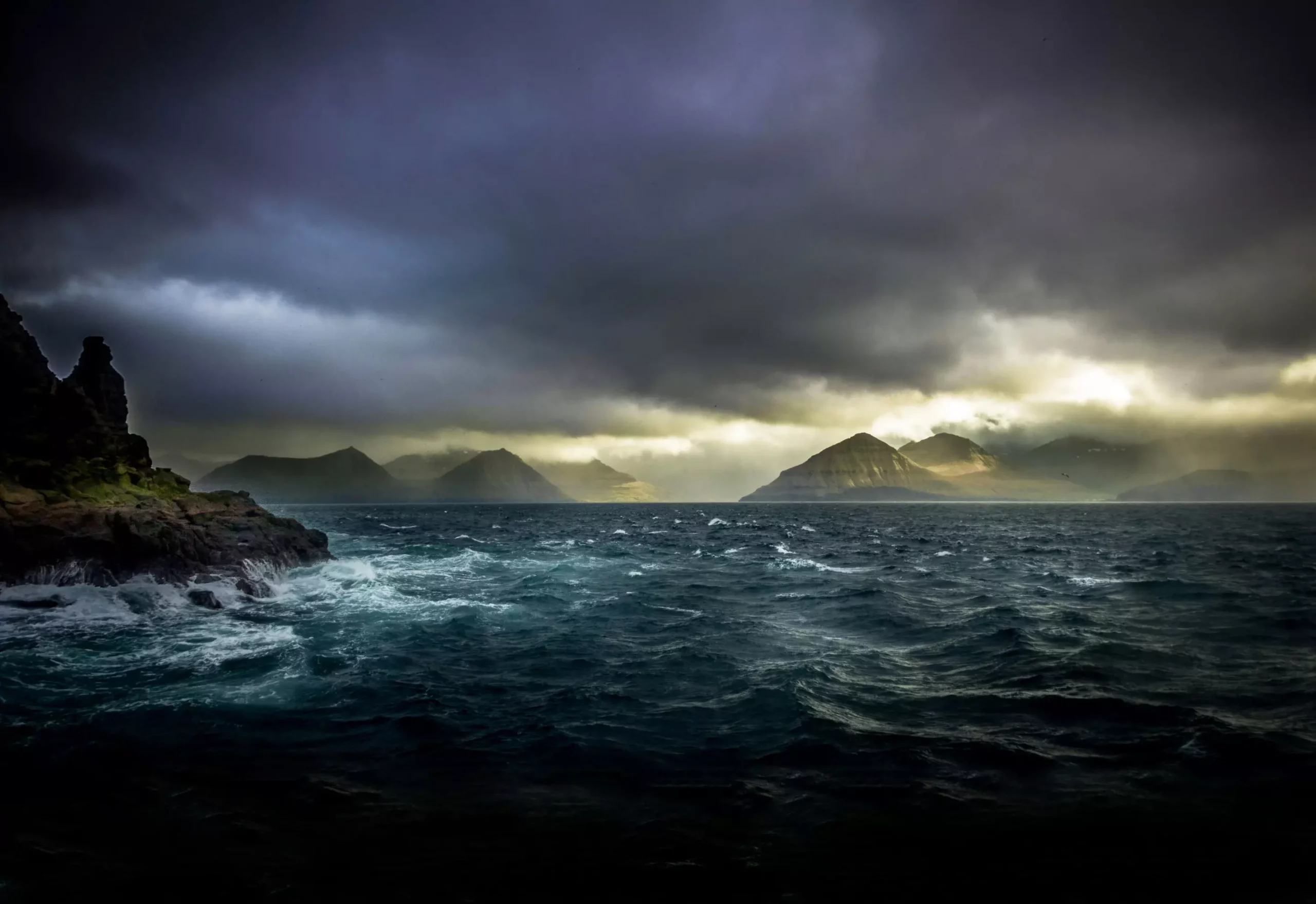Marine life, a crucial component of Earth’s biosphere, has faced significant challenges over millions of years. Recent research has identified a series of catastrophic environmental changes known as oceanic anoxic events (OAEs), which occurred between 185 and 85 million years ago. These occurrences, representing periods of severe oxygen depletion in the oceans, have been linked to substantial extinctions and subsequent shifts in the course of evolutionary history. Understanding the interplay between several geological forces during these events is critical to grasping their profound implications for marine ecosystems.
Plate tectonics played a pivotal role in shaping ocean chemistry during the Jurassic and Cretaceous periods, collectively referred to as the Mesozoic era—the “age of the dinosaurs.” As continents drifted and the supercontinent Gondwana fragmented, geological activity surged. Volcanic eruptions, resulting from tectonic shifts, released an array of nutrients into the oceans. These nutrient inflows, particularly phosphorus, are essential for marine life, and their periodic surges were crucial in destabilizing the delicate balance of marine ecosystems.
In examining these geological phenomena, researchers from the University of Southampton and collaborative institutions undertook an extensive study that combined statistical analyses with advanced computer modeling. Through their work, they identified a pattern that elucidated how these significant geological events and chemical alterations in seawater have historically interplayed, ultimately influencing marine biodiversity.
While the influx of nutrients represents a natural fertilization process for marine life, it paradoxically triggers disastrous outcomes. The research highlights how increased biological productivity leads to an abundance of organic matter sinking to the seabed. As this organic matter decomposes, it consumes oxygen—a vital component for marine organisms leading to the formation of ‘dead zones.’
The study pinpoints that these periods of anoxia were not merely isolated incidents but rather part of an ongoing cycle exacerbated by the geological and climatic transformations of the time. Co-author Benjamin Mills articulated the severity of these events, explaining their long-lasting impacts on marine ecosystems, many of which echo through to contemporary marine biota. It’s estimated that each anoxic episode lasted between one to two million years, after which marine life struggled to recover adequately.
The implications of this study reach beyond an understanding of ancient Earth; they serve as a stark warning about current human practices. Today, human-induced nutrient overload—stemming largely from agricultural runoff and industrial pollution—has significantly contributed to declining oceanic oxygen levels, prompting a new array of dead zones across the world’s oceans. Such ecosystems are critically important not only for marine biodiversity but also for global carbon cycles and climate regulation.
Professor Tom Gernon emphasized the need to look at historical geological events to glean insights pertinent to today’s challenges. Understanding how Earth’s systems reacted to these events allows scientists and policymakers to anticipate potential future changes in both marine environments and the planet’s climate.
As we look forward, the findings derived from ancient oceanic anoxic events underscore the intricate connections between geological processes and the biosphere. Earth’s internal dynamics significantly influence surface environments, exhibiting greater interconnectedness than previously understood. The study serves to remind us how past geological episodes can provide a preview of Earth’s response to ongoing climatic pressures and anthropogenic influences.
While the past presents alarming insights into the potential trajectories for Earth’s future, it also emphasizes the critical need for sustainable practices that protect marine ecosystems. The resilience and adaptability of life in earth’s oceans hang in the balance, and understanding the historical context of oceanic anoxic events is essential for fostering a productive dialogue about conservation and ecological responsibility today. By bridging the gap between geological history and contemporary ecology, we can hope to cultivate a more harmonious relationship with our planet’s vital marine resources.


Leave a Reply